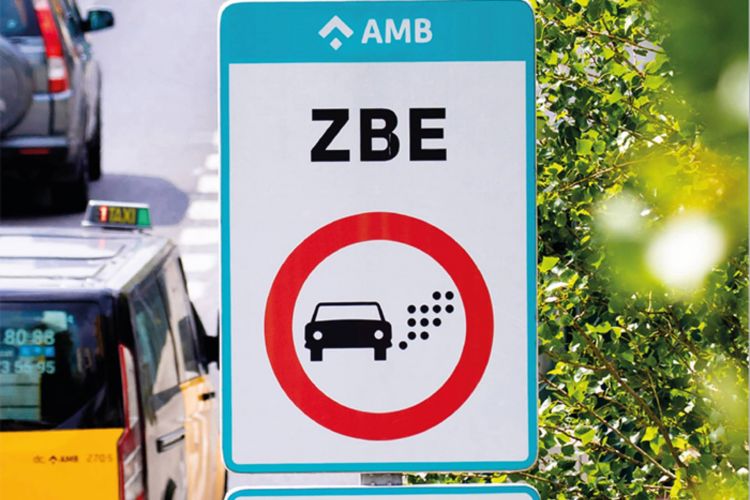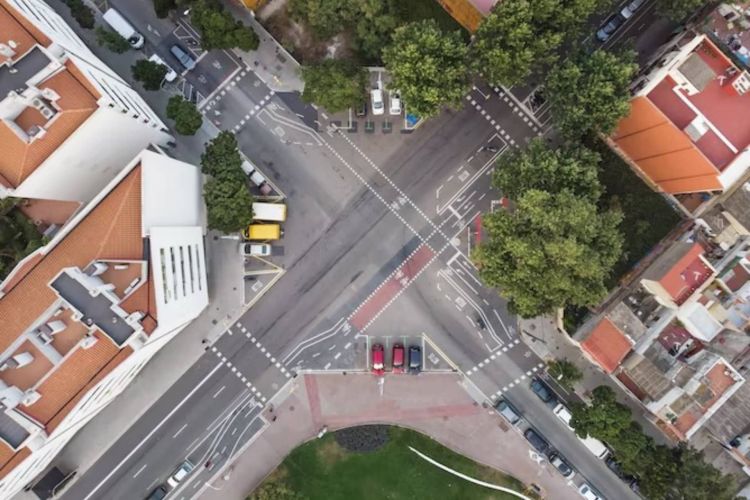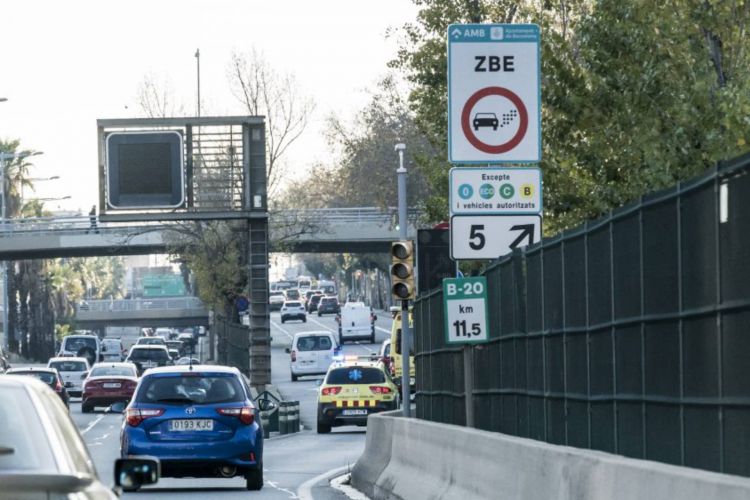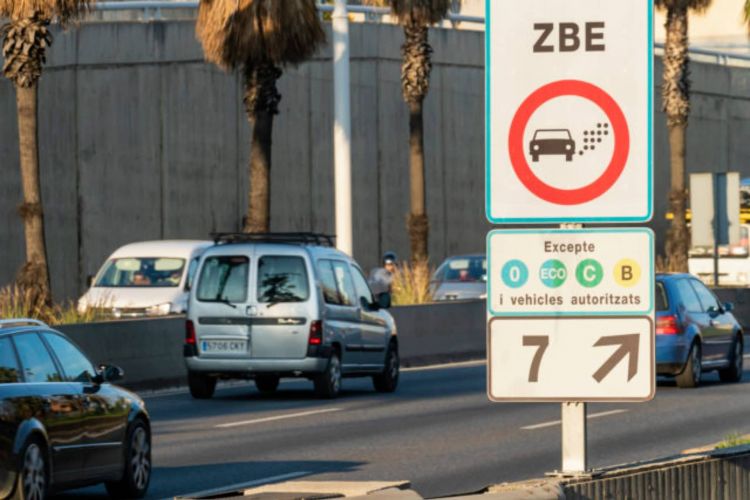On January 1, 2023, the 149 Low Emission Zones (ZBE) will be activated corresponding to Spanish cities with more than 50,000 inhabitants. A group of localities that until this Tuesday, December 27, did not have a rule that regulated the change: the royal decree It was approved in the last Council of Ministers… four days before it entered into force.
The text defines specific and quantifiable objectives for LEZs and, above all, establishes the minimum requirements that they must meet in key aspects such as the extension, the delimitation or the conditions of access. However, the rule is still not very specific, leaving everything in the hands of the municipalities.
Definition of ‘ZBE’
What the Royal Decree does do is define what a Low Emission Zone (ZBE) is: an area delimited by a public Administration, in the exercise of its powers, within its territory, of a continuous and in which restrictions on access, circulation and parking of vehicles are applied to improve air quality and mitigate greenhouse gas emissions. All in accordance with the classification of vehicles by their level of emissions in accordance with the provisions of the General Vehicle Regulations in force.
Which localities must have a LEZ?
The regulation recalls that Spanish municipalities with more than 50,000 inhabitants, Those with more than 20,000 inhabitants that exceed the limit values of regulated pollutants and island territories must adopt, before 2023, sustainable urban mobility plans. They must include the necessary measures to reduce emissions derived from mobility: among them, the establishment of Low Emission Zones is included.
Delimitation and design of LEZs
Establishes the Royal Decree that the delimitation of the ZBE will be carried out considering the origin and destination of the displacements on which it has been considered necessary to intervene. The size must be adequate and sufficient to meet the established objectives: so much so that, in larger cities and in island territories, the possibility of designing several LEZs will be considered.
Finally, when delimiting these zones, it is necessary to avoid giving rise to a greater concentration of vehicles in adjacent areas to prevent its air quality and acoustic quality from worsening.
LEZ signage
The LEZs must clearly signpost the access points, using, for this, the signal regulated in Instruction MOV 21/3 approved by the DGT on June 2, 2021… without prejudice to the sign that will be incorporated into the official catalog of traffic signs, jointly approved by the Ministry of Transport, Mobility and Urban Agenda and the Ministry of the Interior.
Restriction of access, circulation and parking
Prohibitions or restrictions on access, circulation and parking of vehicles will be made depending on its polluting potential: for this, the environmental classification and its future updates will be used. These limitations will primarily affect cars with the most polluting potential.
Provided that the fulfillment of the aforementioned objectives is guaranteed, The regulation will allow exceptional access for polluting vehicles for justified reasons: provision of basic public services, among others, emergency services or garbage collection.
Noise requirements
The new regulation stipulates that LEZs will have to have objectives of acoustic quality in accordance with the provisions of the competent authority. To achieve them, the municipalities may use the tools provided for in the regulation on noise pollution, such as the Special Noise Protection Zones.
Fines for improper access to LEZs
When a driver does not respect the access, circulation and parking restrictions derived from the ZBE, it will be considered a serious infraction. This is established in Article 76 z3) of the consolidated text of the Law on Traffic, Motor Vehicle Circulation and Road Safety, approved by Royal Legislative Decree 6/2015, of October 30, and the sanctioning regime provided for in Title V of said standard. Or what is the same: a fine of 200 euros (100 with prompt payment).
LEZ Review
Finally, the project of each LEZ it must be reviewed at least three years after its establishment and thereafter at least every four years. In this way, it seeks to guarantee that the objectives set out in the project are being achieved and that they respond to the provisions of the Royal Decree.




